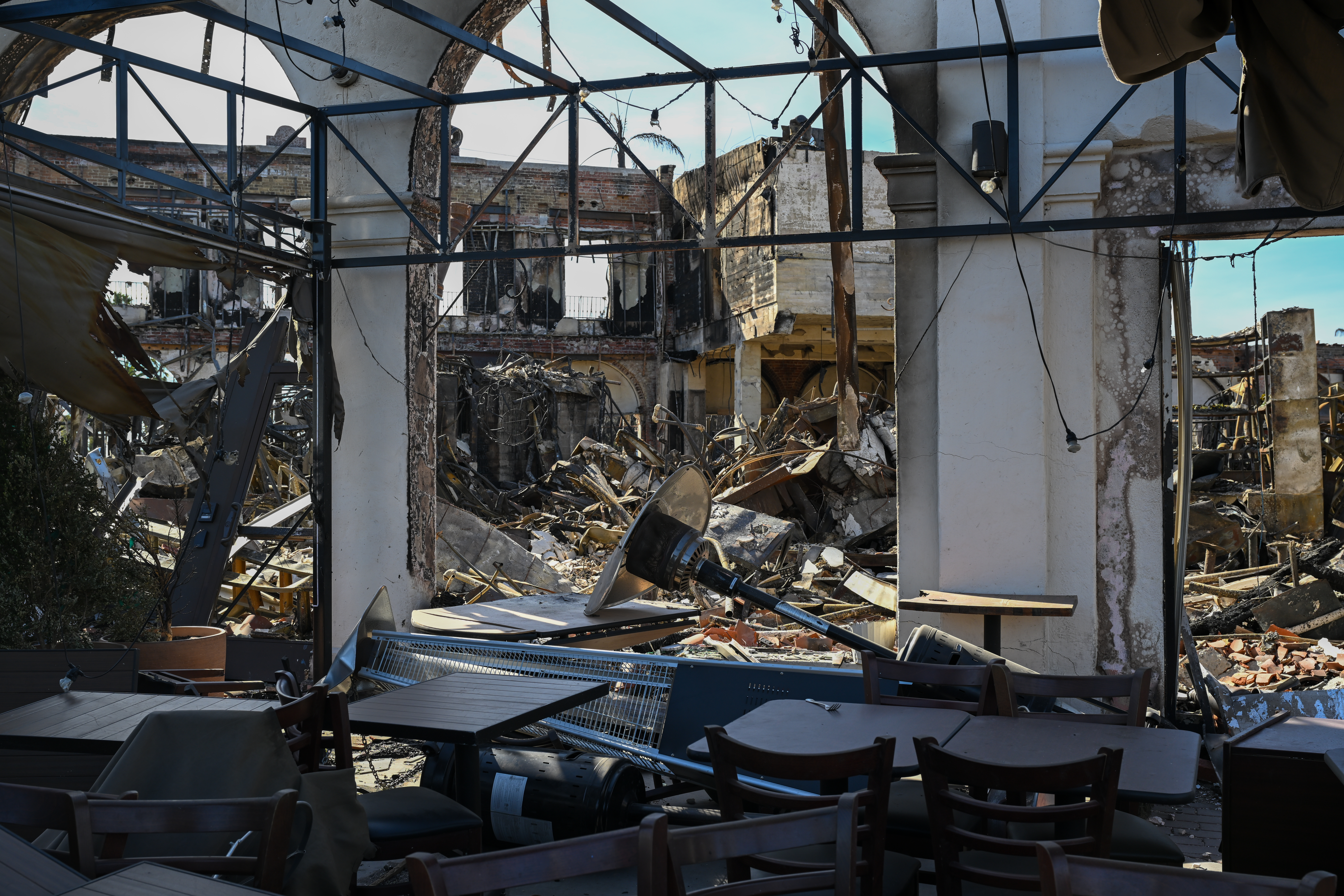A 17-year-old high school junior from Orange County, Ryan Honary, may have found a game-changing solution to wildfires. Hetty Chang reports for the NBC4 News at 5 p.m. on Monday, Feb. 10, 2025.
After the devastating wildfires that ravaged Southern California, many are searching for ways to prevent future disasters. A 17-year-old high school junior from Orange County, Ryan Honary, may have found a game-changing solution.
Honary has developed an advanced sensor that leverages artificial intelligence to detect fires as small as a square foot, potentially giving first responders a critical head start.
“I’m actually super excited for this deployment because I’ve been working at this for almost five years now,” said Honary, who first conceived the idea when he was just 10 years old.
On Monday, Honary deployed his device for the first time. The technology, which integrates infrared sensors with AI, can identify heat sources—including open flames as small as a floor tile. The sensor’s camera continuously refreshes, capturing new images every few seconds, and can even detect heat plumes, providing an early warning system for emergency responders.
Get top local stories in Southern California delivered to you every morning. Sign up for NBC LA's News Headlines newsletter.
Honary’s inspiration stemmed from the deadly 2018 Camp Fire in Northern California, which destroyed 18,000 homes and buildings. At the time, he was a fifth grader at Newport Harbor High School and Stanford Online High School. What began as a simple science project has now evolved into an innovative wildfire detection network.
“The teacher asked us to make anything—that was the assignment,” Honary recalled. His initial prototype consisted of a circuit board with a jumble of wires, but after years of research and development, it has transformed into a sophisticated network of sensors.
Now, in collaboration with the Orange County Fire Authority, Honary’s technology is adding to the agency’s existing fire detection tools. His system provides immediate alerts, allowing firefighters to respond before a fire can spread.
“The purpose of the whole network is to detect fires in their incipient stage, when they’re around or even smaller than one foot,” Honary explained. “By the time firefighters are notified or arrive, the fire is so small that it’s almost like a nuisance—they can easily put it out and move on with their day, rather than facing a massive blaze like the one in Los Angeles.”
Honary hopes that within the next decade, his sensors will not only protect Irvine but will be deployed nationwide, helping to prevent wildfires before they escalate into disasters.




